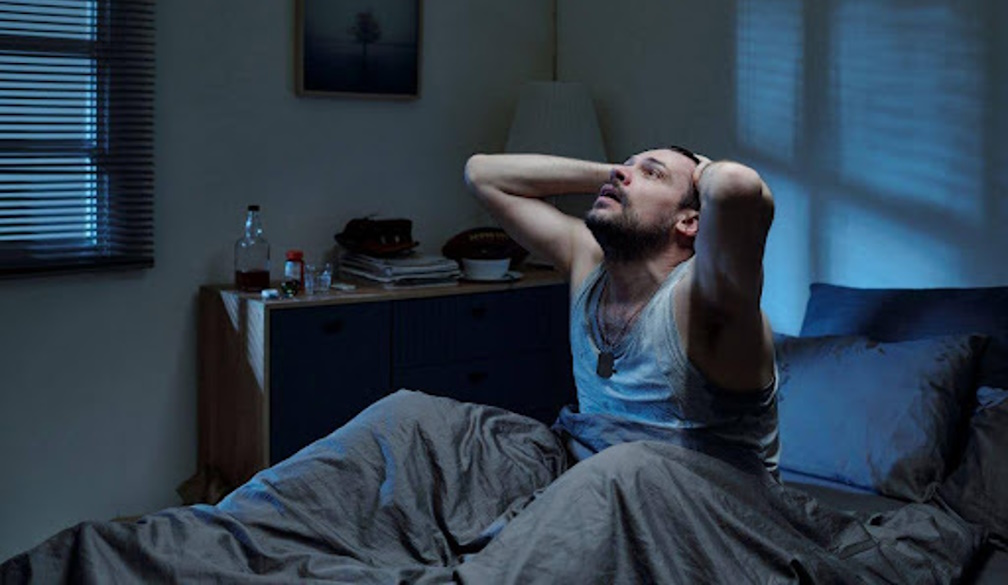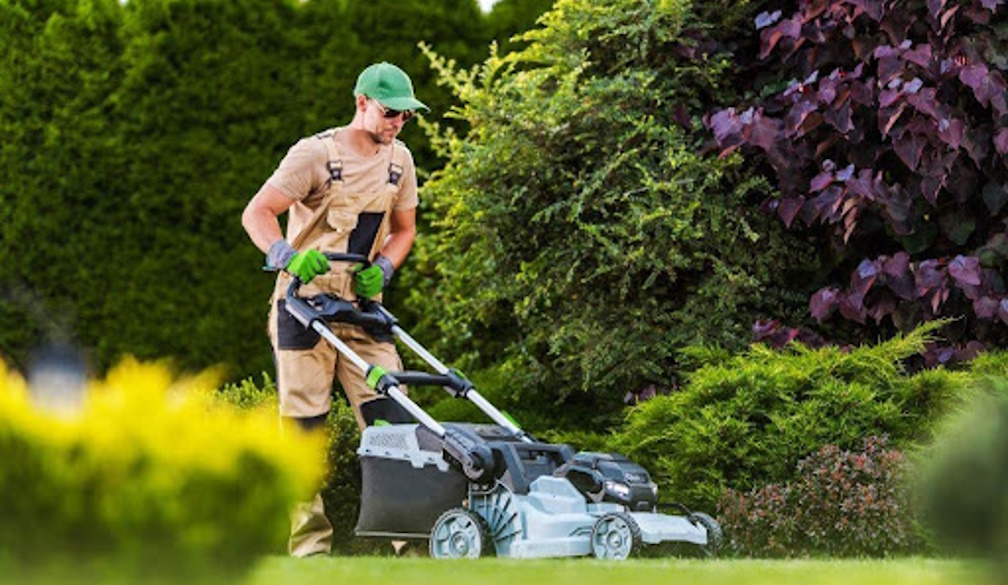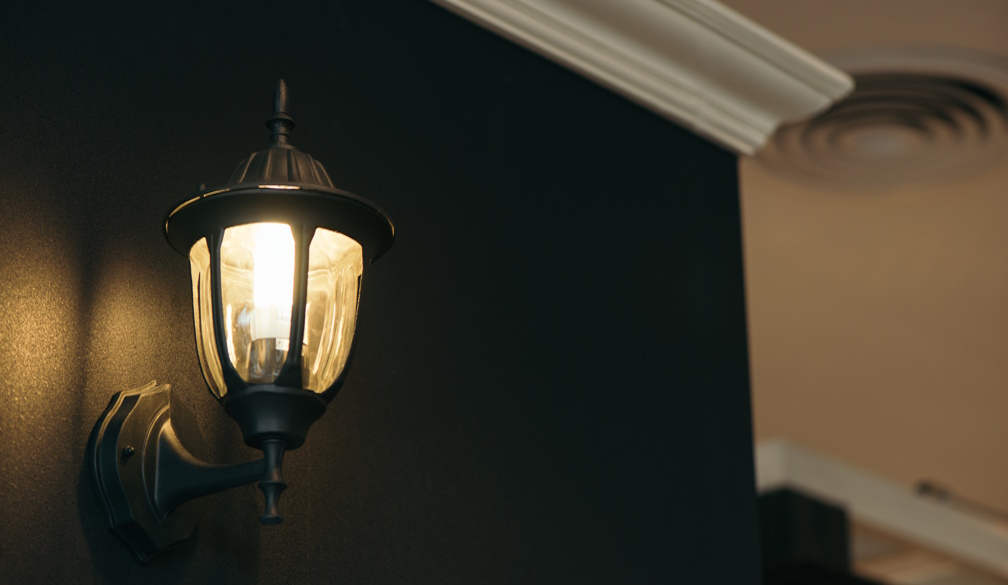Media reporting on women in the military is preserving a male dominated culture
- Written by Donna Bridges, Lecture of sociology, Charles Sturt University
The increased participation of women in the Australian Defence Force (ADF) has gained great momentum in recent times. However, women’s transition into the military has exposed the challenges of liberalising a male-dominated institution.
The media have a significant role in the way this cultural change will play out. In a recent study on the broadsheet media’s representation of women in the ADF, we found the media report these issues in a way that perpetuates men’s dominance.
Read more: Crossing the line: why the royal commission examined initiation rituals and defence abuse
One way we identified this was by examining the journalistic strategies and devices used to tell the women’s stories.
Heroes and villains
Historically, the media have been important in creating transparency around the “secret” affairs of the closed institution of the military. But they can also be complicit in sustaining men’s dominance – women currently make up only 16.7% of permanent ADF personnel.
Read more: Lest we forget: women also serve in the armed forces
Our research investigated how female ADF personnel were represented by the Australian and Sydney Morning Herald newspapers between 1997 and 2017. We found the majority of reporting about women in the ADF concerned instances of gendered violence (bullying, abuse, sexual violence and harassment of women).
The Sydney Morning Herald reported on gendered violence 58% of the time and the Australian 71%.
Sex, lies and Skype
A significant 64% of reporting in our sample occurred after the 2011 “Skype affair”. In fact, 61% of all reporting in the sample after 2011 focused on this incident.
The “Skype affair” was when a male cadet at the Australian Defence Force Academy (ADFA) live-streamed a sexual encounter between himself and a female cadet to his male friends in another room. The young woman had no idea the filming was taking place.
When one of the male cadets reported the incident, the female cadet was disciplined by her superiors for drinking alcohol, fraternising and being absent without leave on the night in question. She also faced harassment from her peers. This compelled her to take her story to the media.
The male cadet filmed while having sex and the cadet responsible for live streaming the sex act were found guilty in the ACT Supreme Court and sentenced to good behaviour bonds. The ADF terminated the first cadet’s employment.
Most reporting about gendered violence in the search period occurred at the time of the 2011 Skype Affair. This included articles on resulting ADF inquiries and other incidents of sexual assault that came to light during investigations.
Over the 20 year period we studied, the prominence of the Skype Affair can be attributed to the gravity of the scandal and increased momentum for news stories due to media diversification.
Focusing on the victim, not the perpetrator
What we found most concerning in our study were the journalistic devices and strategies that covertly sexualise women. This means journalism that places women at the centre of crimes against them, denies them agency, and diminishes the role of perpetrators.
There are three examples here.
When the Skype Affair first appeared in newspaper stories, the media coined the female cadet “Kate”. This pseudonym, designed to protect her identity, had significant consequences. It put her at the centre of the crime.
We found 65% of articles that discussed the affair placed “Kate” or the “female cadet” first in relation to the sex act, as opposed to the young males who orchestrated the crime.
By contrast, the men involved were often absent from reporting. They were not given pseudonyms and their real names were used in less than 10% of articles.
In this way, their involvement was effectively neutralised. In some articles, the young male in the sex act is referred to as “another cadet” or as a “colleague”. For example, “Kate had sex with a fellow cadet”.
Kate is represented as active and central, while the perpetrator is represented as genderless and invisible. The language used sets up the woman as the victim and centralises her involvement in the assault.
‘Troubled Lass’?
“Kate” attracted significant sympathy for her assault. But she was also suggested to be the source of the trouble she was in.
Newspaper articles restated time and again that “Kate” had committed the transgressions of fraternisation, drinking alcohol and being in a campus dormitory that was not her own. She was absent without leave (AWOL) as a result.
In these reports, Kate is framed as the problem, who was subsequently sent on “compassionate leave”.
There were no articles in our sample that mentioned similar misdemeanours committed by the male cadets. Both parties in the consensual sex act fraternised and drank alcohol, yet the explicit focus on one party exists alongside the omission of the other.
The male cadets at the centre of the Skype Affair sent text and Facebook messages that unambiguously implicated them in the orchestration of a crime. Only two out of 118 articles reviewed in our sample cited these messages.
Normalising men’s violence
Violence against women is normalised by these writing devices, forming a smokescreen that hides the intricacies of institutional abuse. The framing of women as social problems, rather than agents who are subject to structural inequalities, disguises the reality of how power operates in society and in the military.
Read more: Military women need to trouble gender relations and roles for peace's sake
Journalists need to be mindful of how power is reinforced through the telling and retelling of stories. This can be achieved by making the perpetrator active and central – engaged in the crime as opposed to passively constructed as not central to the event.
Given the power of the media in influencing and shaping public opinion, how gendered power and gender inequality are discussed in the media is critical to how women are perceived in society. How the media represent men’s sexual violence and women’s struggles to participate in a male-dominated institution enhances or inhibits the potential for real change.
Authors: Donna Bridges, Lecture of sociology, Charles Sturt University



















